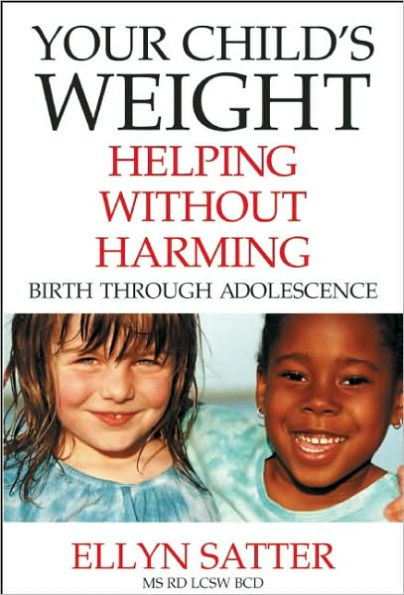5
1
9780967118918



Your Child's Weight: Helping Without Harming available in Paperback, eBook

Your Child's Weight: Helping Without Harming
- ISBN-10:
- 0967118913
- ISBN-13:
- 9780967118918
- Pub. Date:
- 08/15/2005
- Publisher:
- Kelcy Press
- ISBN-10:
- 0967118913
- ISBN-13:
- 9780967118918
- Pub. Date:
- 08/15/2005
- Publisher:
- Kelcy Press

Your Child's Weight: Helping Without Harming
$19.95
19.95
In Stock

Product Details
| ISBN-13: | 9780967118918 |
|---|---|
| Publisher: | Kelcy Press |
| Publication date: | 08/15/2005 |
| Edition description: | New Edition |
| Pages: | 472 |
| Sales rank: | 1,021,391 |
| Product dimensions: | 5.50(w) x 8.50(h) x (d) |
About the Author
From the B&N Reads Blog
